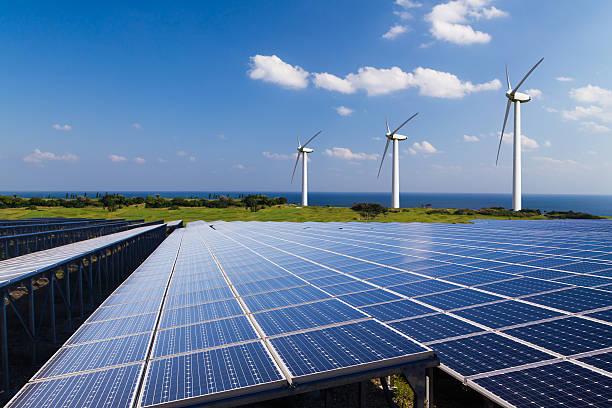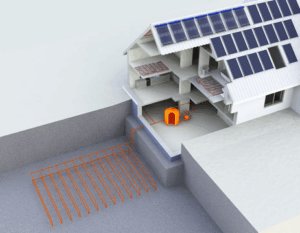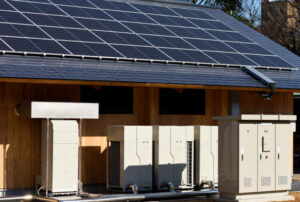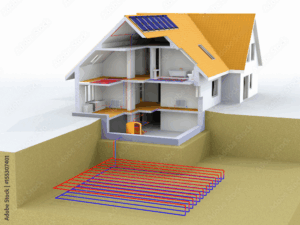Thinking about switching to solar energy? You’re not alone. As utility prices climb and environmental concerns grow, more people are turning to solar as a clean, cost-saving solution. But here’s the thing—not all solar panels are created equal, and neither are the prices.
So how do you choose the right system for your home or business without overspending or compromising on quality? That’s exactly what we’re going to break down in this guide. Let’s get into the real-world comparisons—no fluff, just facts.
What Affects the Quality of a Solar Panel?
When shopping for Solar Energy panels, quality isn’t just about brand names or flashy marketing. It’s about performance, durability, and how much energy you’re actually getting over time. Here are the main factors that define a high-quality solar panel:
1. Efficiency Rate
Efficiency tells you how much sunlight your panel can convert into usable electricity. The higher the efficiency, the more Solar Energy power you get from a smaller surface area.
- Average efficiency: 15% to 18%
- High-efficiency panels: 19% to 23% (Think brands like SunPower or REC)
2. Warranty
A good warranty is a major sign of trust. Most top-tier panels come with a 25-year performance warranty, showing confidence in long-term output.
3. Durability
Panels should be tested to withstand extreme weather—think hailstorms, heavy snow, and high winds. Look for certifications like IEC 61215 and IEC 61730 to ensure safety and resilience.
4. Temperature Coefficient
This metric shows how well a panel performs in high temperatures. A lower coefficient means better performance in hot climates.
5. Manufacturer Reputation
Stick with trusted brands that have a proven track record. Top-tier manufacturers also tend to have better quality control and customer support.
Types of Solar Panels: What’s the Difference?
There are three main types of solar panels on the Solar Energy market. Each has different quality, pricing, and use-case implications.
Monocrystalline (Mono)
- Efficiency: 18% to 23%
- Lifespan: 25+ years
- Look: Sleek black, uniform
- Best for: Maximum power in limited space
- Price: $$ to $$$
Pros: High performance, long lifespan, great in low light
Cons: More expensive upfront
Polycrystalline (Poly)
- Efficiency: 15% to 17%
- Lifespan: 20–25 years
- Look: Blue with speckled appearance
- Best for: Budget-conscious installations
- Price: $ to $$
Pros: Lower cost, decent performance
Cons: Less efficient, bulkier for the same output
Thin-Film
- Efficiency: 10% to 13%
- Lifespan: 10–20 years
- Look: Flexible and lightweight
- Best for: Large spaces or unconventional applications
- Price: $
Pros: Lightweight, flexible, affordable
Cons: Shorter lifespan, lower output
Price Comparison: What Should You Expect to Pay?
Here’s a quick snapshot of typical price ranges in the U.S. for residential systems (before incentives like tax credits):
Note: These are just hardware costs. Installation, permitting, and equipment like inverters or batteries can add another $5,000 to $10,000, depending on your setup.
Quality vs. Price: Which One Matters More?
Let’s be real—it’s tempting to go for the lowest price. But solar isn’t just a purchase—it’s a 25+ year investment. Lower-priced Solar Energy panels may save you money upfront but cost more in the long run due to:
- Lower energy output
- Shorter lifespan
- Frequent maintenance or replacements
That said, if you have plenty of roof space and modest Solar Energy needs, polycrystalline panels might offer a good balance of value and performance.
If you’re aiming to maximize savings, boost home value, and generate the most power over time, investing in high-efficiency monocrystalline panels is the smarter move.
Are Premium Panels Worth the Extra Cost?
It depends on your goals. If you’re staying in your home long-term, care about aesthetics, or want the highest ROI, then yes—premium panels are worth it.
You’ll benefit from:
- More power in less space
- Better long-term warranties
- Greater energy bill savings
- Potential tax incentives and rebates
Hidden Costs to Watch Out For
When comparing Solar Energy prices, don’t forget to consider these extras:
- Installation fees: Some companies include this in the quote, others don’t.
- Inverter and racking: Essential components, and quality varies.
- Permitting and inspections: Local requirements can add to costs.
- Battery storage: Optional, but critical for off-grid or backup power.
Always request a complete, itemized quote so you can compare apples to apples.
How to Choose the Right Solar Setup for Your Home
Here’s a quick checklist to help you make the right call:
- Assess your energy usage – Look at your last 12 months of utility bills.
- Check your roof space and sunlight exposure – South-facing roofs get the best sun.
- Set a budget – Remember to include installation, permits, and extras.
- Compare multiple quotes – Look at cost per watt, panel type, and warranties.
- Ask about financing or leasing options – Solar loans, leases, and PPAs can make solar more affordable.
Conclusion: Investing in Solar Energy is All About the Right Fit
There’s no one-size-fits-all solution when it comes to solar energy. What works best for your neighbor might not be right for you. The key is balancing quality and price based on your unique needs, space, and budget.
At Envirotech Geothermal, we help homeowners and businesses make smart, informed decisions about renewable energy. Whether you’re exploring solar, geothermal, or a hybrid system, we offer expert advice and customized solutions built to last.



